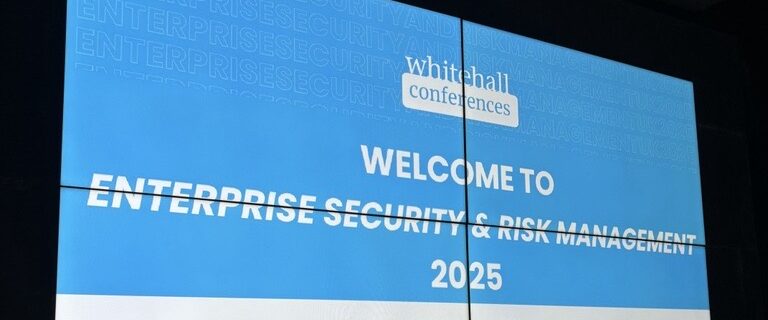CoreStream offers a set of considerations when implementing or refining a practice, be it integrated governance, risk & compliance (GRC) or a single risk or compliance area, with the primary aim of fostering the right culture. There isn’t a one-size-fits-all approach to effective GRC, but there are common threads that will have a significant impact on the likelihood of success.
This article was published in the November 2013 edition of the Operational Risk and Regulation Magazine and is available as a PDF download: CoreStream – Fostering a GRC Culture.
To discuss this article, anything else GRC related or to arrange a demonstration of our latest version of the CoreStream Platform which now includes a flexible, user friendly workflow engine, please contact CoreStream on info@corestream.co.uk or 020 7100 4378.



